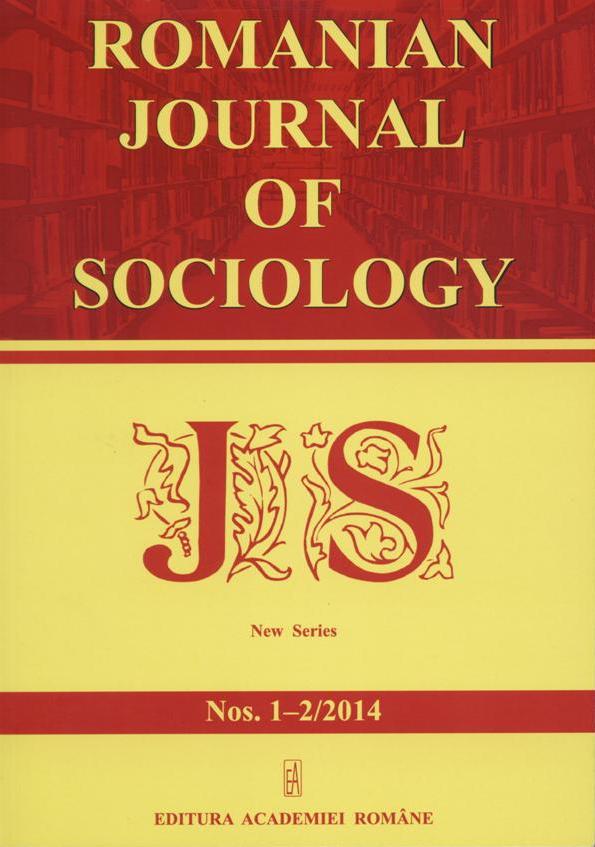ETHNICITY AND RELIGIOUS SYNCRETISM: CELEBRATING DURGĀ PŪJĀ IN THE SUNDARBANS OF INDIA
ETHNICITY AND RELIGIOUS SYNCRETISM: CELEBRATING DURGĀ PŪJĀ IN THE SUNDARBANS OF INDIA
Author(s): Angelica Helena MARINESCUSubject(s): Social Sciences, Sociology, Ethnic Minorities Studies, Sociology of Religion
Published by: Editura Academiei Române
Keywords: religious syncretism; ethnicity; policy; social solidarity;
Summary/Abstract: The present research approaches the social aspect of the relationship between identity construction and social solidarity. I envisage the way the two major ethnic and religious communities (Hindus and Muslims) in the Indian Gangetic Delta share religious beliefs and everyday life. My research is an exploration in the academic literature about the Sundarbans region, the ritual of Durgā Pūjā and it is based on participative observation during the Festival of Durgā Pūjā in West Bengal, India. The perspective of research is that proposed by Atashee Chatterjee Sinha, starting from Durkheim’s view on solidarity and social connection, stressing that religious phenomena are ‘communal rather than individual (Sinha 2009, 81-101). From an anthropological perspective, ‘the religious and the sociopolitical have always been inextricably connected, since it is our view that religion both expresses and organizes forms of sociality, regimes of power, historical struggles, and modes of production’ (Isabelle Clark-Decès 2011, 1954). Rituals are total social phenomena that activate the deeper levels (Gurvitch 1963), constituting a privileged approach to reconstitute social logics, group identities and understanding the political, economical, social, symbolical issues, to understand the relationship between the individual and the collective, the profane and the sacred.
Journal: Romanian Journal of Sociological Studies
- Issue Year: 2014
- Issue No: 1-2
- Page Range: 3-15
- Page Count: 14
- Language: English

